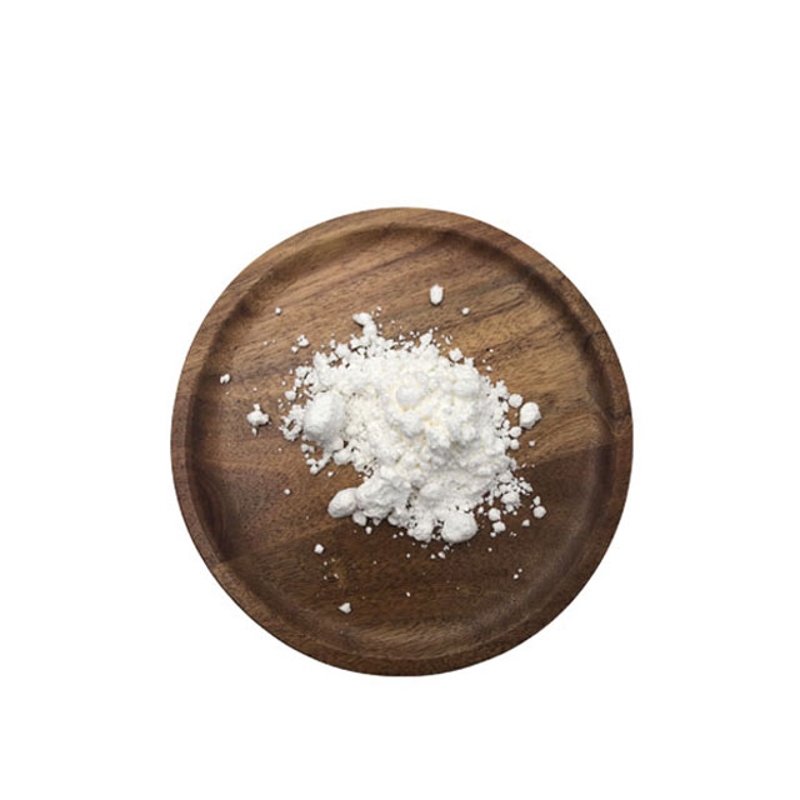Advances in the interdisciplinary study of plant systems and plant chemistry
-
Last Update: 2020-05-28
-
Source: Internet
-
Author: User
Search more information of high quality chemicals, good prices and reliable suppliers, visit
www.echemi.com
Plant secondary metabolites refer to the non-essential biological metabolism in plants
small molecular compounds, which have important economic and medicinal valueSecondary metabolites are the key to link the branches of plant science and the interdisciplinary disciplines of chemistry, and are important chemical evidence for in-depth exploration of plant system developmentUsing the characteristics and distribution laws of secondary metabolites to explore the origin, evolution and adaptation mechanism of plant diversity, or the development of plant systems to explore the formation and distribution of secondary metabolites in the course of plant evolution, is a frontier research field of evolutionary biology or chemical biology that is emerging in the cross-cutting of plant chemistry and plant systemsthe Qinghai-Tibet Plateau-Himalayan Plant Diversity Generation and Evolution Team of the Kunming Institute of Plant Research, Chinese Academy of Sciences, combined with the Plant Chemistry Biology Team, the Important Group Plant Chemistry and Function Research Team, the Natural Medicines New Drug Research And Development Team, the Active Natural Product Discovery and Biosynthesis Team, and the Wuhan Botanical Garden of the Chinese Academy of Sciences, the Missouri Botanical Garden, Cornell University, and Oberlin Oberlin College and others studied the distribution characteristics and evolutionary patterns of eight secondary metabolites, such as alkaloids, flavonoids, steroids, tannins, phenolic acids, steroids, and phenyls, in the Tree of Seed Plant Liferesults showed that at least 308 of the 437 branches of seed plants had been studied in phytochemical compositionFlavonoids and alkaloids are the dominant representative secondary metabolites in seed plants, and the distribution of other secondary metabolites in the large evolutionary branch of seed plants has not found significant patterns, such as the distribution of terpenes mainly in bare plants and chrysanthemum plants, tannins are mainly distributed in the rose-feed plants, while phenyls, argons, phenolic acids and steroids show random distribution characteristics in seed plants; Generally not high, tend to random distribution, the results show that in addition to the inherentgeneticfactors, multiple origins (including convergence evolution), biological interaction and the environment is the cause of secondary metabolites complex and diverse and near random distribution of important reasons; 4) From the origin point of view, most secondary metabolites have appeared in the ancestral groups of seed plants, and with the evolution of plants and rapid diversification, such as flavonoids, phenyls, etcin the plant landing has appeared, for the plant to adapt to the terrestrial environment laid a chemical foundation, but its diversity is mainly in the evolution of quilt plants to adapt to the environment, defensive predators and predators Pathogens, or as a chemical agent, or as an inducing component of pollination and fruit diffusion, are constantly enriched and diversified, especially after the Cretaceous period, the diversity of secondary metabolites is closely related to the diversification processes of insects, mammals and birds, such as the appearance of column heads and the transformation of aromatic ternary from self-interest to energies, which are important reasons for the transformation of plant-eating insects into pollinatorsTherefore, the study explores the origin, distribution and evolution of secondary metabolites from the timeline, and presents a picture of life from the perspective of plant secondary metabolites, from adaptation to radiation development, to diversification and mutual constraints and co-evolutionthe study was published in the Journal of National Science Review by Phylogenetic Patterns suggest edre-origin origins of the secondary metabolites across the seed plant "tree of life"(
Bioon.com of Biological Valley)
This article is an English version of an article which is originally in the Chinese language on echemi.com and is provided for information purposes only.
This website makes no representation or warranty of any kind, either expressed or implied, as to the accuracy, completeness ownership or reliability of
the article or any translations thereof. If you have any concerns or complaints relating to the article, please send an email, providing a detailed
description of the concern or complaint, to
service@echemi.com. A staff member will contact you within 5 working days. Once verified, infringing content
will be removed immediately.







